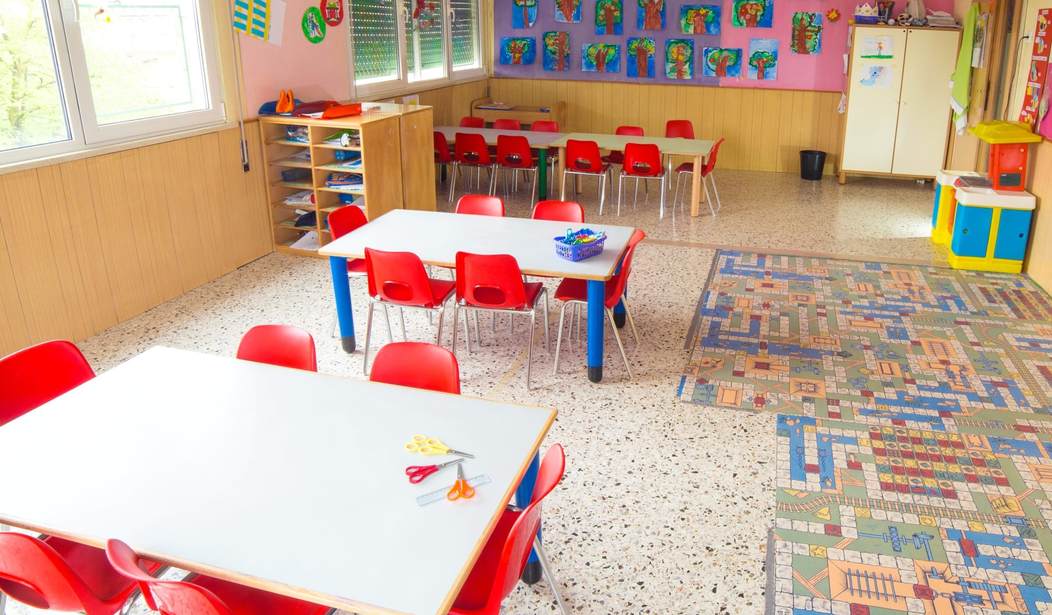Need proof that America has a family-unfriendly culture? Look no further than Care.com’s recently released Care Index:
The Care Index, a data and methodology collaboration between New America, a nonpartisan think tank, Care.com, the largest on line market for caregiving, and others, examined cost, quality, and availability data in all 50 states and the District of Columbia and found that no single state does well in all three categories. Instead, families, providers, and policymakers in every state make difficult compromises that often shape family decisions and can determine the course of children’s futures.
The Care Index found that child care is expensive, even though caregivers make poverty wages; that care can be difficult to find, and that, though quality is difficult to measure, only a handful of centers and family homes are nationally accredited for quality.
Approximately 12 million children under the age of five grow up with two working parents who are unable to attend to their daily care. Because both parents feel the economic push to work, and because most employers require them to work outside the home, they are paying more than the average cost of in-state college tuition on a yearly basis for inadequate services. In the majority of the states, the monthly cost of daycare is higher than monthly rent, with infant care coming in 12% higher than toddler care, “outstripping the cost of tuition and fees in 33 states.”
The survey also eviscerated the notion that daycare is in any real way “educational.” The results reveal that the majority of care workers in facilities advertised as early learning centers are woefully ill-equipped and underpaid. What’s more, most families struggling to pay for care will often resort to what the survey dubs the “gray market,” a term for informal care often obtained through unlicensed home providers.
Writing for the Huffington Post, Brigid Schulte asks:
If the child care system isn’t working for anyone, why has there been no movement for change? In no small part because families, who foot about 60 percent of the cost of early care and learning, have no time. They’re too busy trying to find their way in our abysmal child care system to change it. “It would be the right thing to try to find a solution,” one family juggling the cost of three children told us, echoing a theme we heard again and again. “But right now, we have no choice, we’re just in survival mode.”
Schulte’s solution is more government intervention: Universal Pre-K, paid parental leave and cash assistance programs. What she fails to note is that even European parents use a variety of childcare methods, with many women opting to work part-time or stay at home while their children are young. And while Schulte has no problem pushing the government to create solutions, she fails to address the responsibility of the business sector to support the family lives of their employees through flex-time, part-time, and work-at-home options, along with reasonable parental leave packages.
The one thing parents don’t need are policy wonks manipulating the statistics to change the focus of the conversation from building families to expanding government. What’s an easier way to remain focused on the goal of creating a culture in which families thrive: Tailoring the existing free market system, or changing our style of government altogether?








Join the conversation as a VIP Member